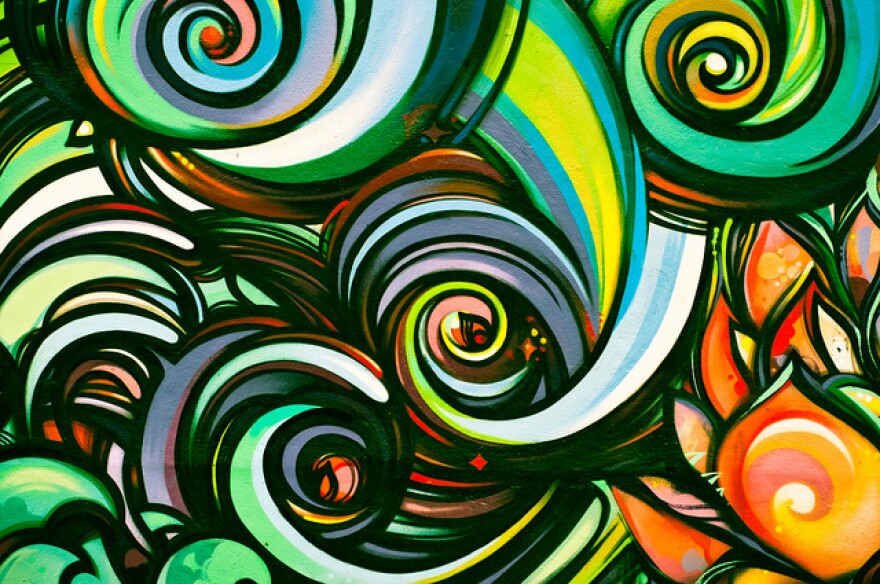Even if your version of drawing is simple stick figures, you may find yourself feeling relaxed when you doodle on papers or color. Creating art has even been proven to have a therapeutic value in the medical world.
The term art therapy was coined in the 1940s, and today is applied in a variety of settings to aid both children and adults in expressing and releasing trauma. This week on “Take Care,” international art therapy expert,Cathy Malchiodigives us an insight to art therapy and how it works. Malchiodi is a research psychologist, art therapist, and clinical counselor. She is also the founder and director of the Trauma-Informed Practices and Expressive Arts Therapy Institute, and is the president of Art Therapy Without Borders.
Although art therapy has been around for decades, it has recently gotten more attention with the phenomenon of adult coloring books, says Malchiodi. However, the actual practice of art therapy is much more involved than this.
“Art therapy involves a therapeutic relationship that a professional brings to visual arts and the creative process to people of all ages, with the goal of supporting or maintaining or improving a variety of health and wellness goals,” Malchiodi said.
Art can be an outlet for patients to express emotion without the use of words, while also allowing a therapist to get a better grasp on what a patient feels, says Malchiodi.
“In one sense the art is therapy itself,” Malchiodi said. “But you also have a product when you’re involved in art therapy; there’s an art expression that’s created and often art therapists will explore that meaning of that art product with the person to see what…we can derive from it that might be helpful to them with maybe an emotional distress, a loss, or a trauma.”
Malchiodi says by having a product at the end of a therapy session, it creates meaning and gives patients something they can explore, not just with a therapist, but on their own as well.
Although some patients are referred by health professionals for art therapy, Malchiodi says many patients are self-referred—frequently those who have returned from combat in the military.
“They’ve found that they can’t express what has happened to them with words, and they need some other form of communication in order to get out the story of what happened,” Malchiodi said.
This feeling can also apply to children who have gone through a traumatic experience, such as a car accident, says Malchiodi. But no matter the patient’s age, Malchiodi says art therapy is an effective and powerful approach that can be credited to two factors: the act of creating art and the relationship that’s built between a patient and a therapist through the art that’s created.
“I think an art therapist brings a really special relationship, and they’re offering this other aspect…this tactile sensory experience to the dynamic,” Malchiodi said.
If art therapy is something you feel may help you, Malchiodi recommends contacting the American Art Therapy Association or the Art Therapy Credentials Board to find a qualified therapist.



